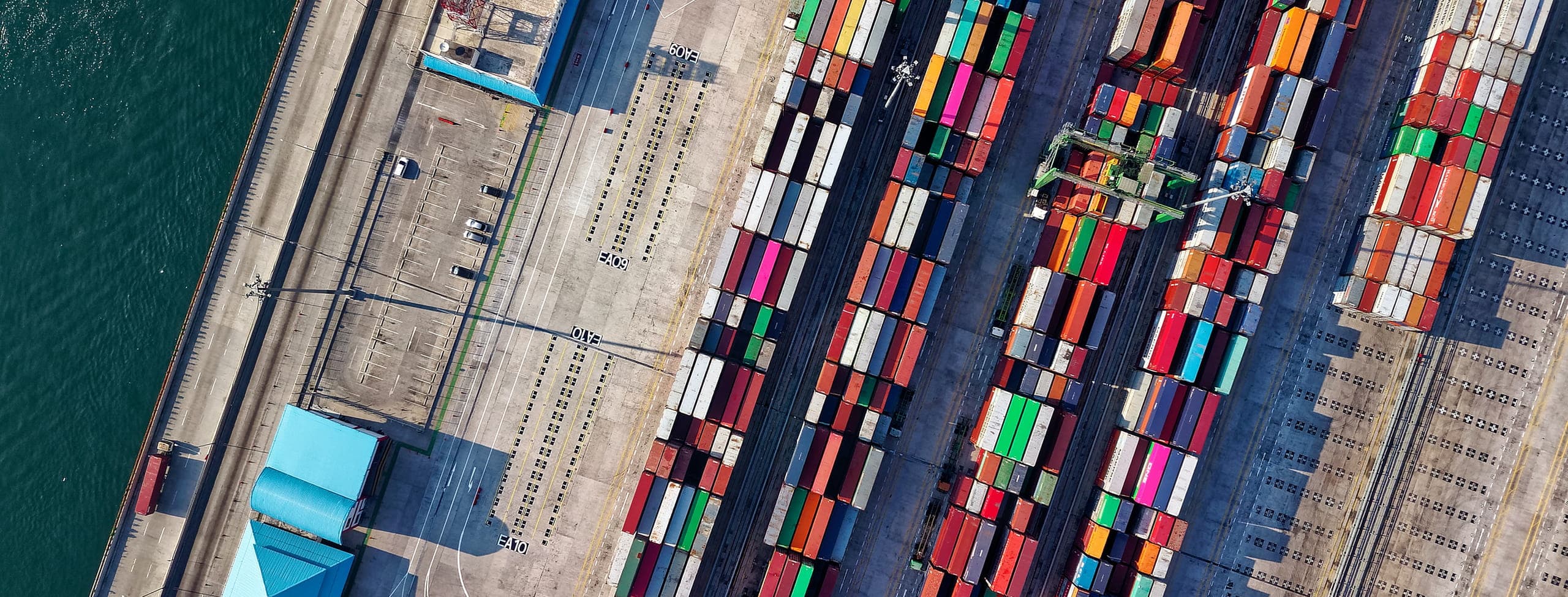New antidumping and countervailing duty petition: pea protein from China
On July 12, 2023, PURIS Proteins, LLC filed a petition with the US Department of Commerce (DOC) and the US International Trade Commission (ITC) alleging that high protein content pea protein (HPC Pea Protein) from China is being sold in the US at less than fair value. The petition also alleges that the government of China is providing unfair subsidies to its producers and exporters of HPC pea protein to the US.
The petitioner seeks the imposition of antidumping (AD) duties on imports of HPC pea protein from China, alleging dumping margins ranging from 23.86 percent to 291.74 percent. The company also seeks the imposition of countervailing (CVD) duties on imports of HPC pea protein from China, alleging an unspecified total level of subsidies exceeding one percent.
Under US law, a domestic industry may petition the government to initiate an AD investigation to determine whether an imported product is sold in the US at less than fair value (ie, dumped). A domestic industry may also seek a CVD investigation into alleged subsidization of foreign producers or exporters by a foreign government. AD/CVD duties may be imposed if the DOC determines that imported goods are dumped and/or unfairly subsidized and if the ITC determines that the domestic industry is materially injured or threatened with such injury by reason of the subject imports.
Products covered by the petition
The petition covers HPC pea protein, which is a protein derived from peas (including, but not limited to, yellow field peas and green field peas) and which contains more than 65 percent protein on a dry weight basis. HPC pea protein may also be identified as pea protein concentrate, pea protein isolate, hydrolyzed pea protein, pea peptides, and fermented pea protein. HPC pea protein has the Chemical Abstracts Service (CAS) registry number 222400-29-5.
The petition covers all physical forms of HPC pea protein, including all liquid (eg, solution) and solid (eg, powder) forms, regardless of packaging.
The petition also covers HPC pea protein that is blended, combined, or mixed with pea protein not coved by the petition (ie, HPC pea protein from countries other than China or non-HPC pea protein), or with such other products as protein powders, dry beverage blends, and protein fortified beverages. For any such blended, combined, or mixed products, only the HPC pea protein component from China is covered by the petition. HPC pea protein that has been blended, combined, or mixed with pea protein not covered by the petition or with other products is included within the scope, regardless of whether the blending, combining, or mixing occurs in third countries.
A blend, combination, or mixture is excluded from the scope if the total HPC pea protein content of the blend, combination, or mixture (regardless of the source) comprises less than 5 percent of the blend, combination, or mixture on a dry weight basis.
The HPC pea protein covered by the petition is provided for under subheadings 3504.00.1000, 3504.00.5000, and 2106.10.0000 of the Harmonized Tariff Schedule of the United States (HTSUS). It may also be classified under HTSUS subheading 2308.00.9890.
The total value of US imports of HPC pea protein under subheadings 3504.00.1000, 3504.00.5000, and 2106.10.0000 was $300.6 million in 2022.
Foreign producers and US importers of HPC pea protein
The petition identifies 19 exporters and 33 US importers of HPC pea protein from China. See the lists of foreign producers and US importers from the petition.
Estimated schedule of the investigations
AD and CVD proceedings are conducted pursuant to a strict statutory time schedule. Below is an estimated schedule for the AD and CVD investigations on HPC pea protein from China.
7/12/2023 – Petition filed
8/28/2023 – ITC preliminary injury determination
10/5/2023 – DOC preliminary CVD determination, if not postponed
12/11/2023 – DOC preliminary CVD determination, if fully postponed
12/19/2023 – DOC preliminary AD determinations, if not postponed
2/7/2024 – DOC preliminary AD determinations, if fully postponed
6/28/2024 – DOC final AD and CVD determinations, if both preliminary and final determinations are fully postponed
8/12/2024 – ITC final injury determination, if DOC determinations are fully postponed and DOC final determinations are aligned
8/19/2024 – AD and CVD orders published
Consequences for exporters and US companies
US AD and CVD investigations may result in the imposition of substantial duties in addition to already-applicable duties and tariffs. If the ITC and DOC make affirmative preliminary determinations, US importers will be required to post cash deposits corresponding to the ad valorem AD and/or CVD duty rates determined for the subject merchandise on or after the date on which the DOC’s preliminary determination is published in the Federal Register. In certain circumstances, such duty deposit requirements may retroactively go into effect 90 days prior to the date of publication. The AD and CVD duties will remain in effect if the DOC and ITC make affirmative final determinations.
The DOC calculates specific AD and CVD margins for certain individual foreign producers and exporters selected for examination. Such rates are often much lower than those alleged in the petition. However, foreign producers and exporters that do not participate in the investigations may be subject to substantially higher rates. Duties imposed at these higher rates may force exporters to stop shipping to the US and importers to cease importation of subject merchandise. Thus, interested parties – including US and foreign producers, exporters, importers and downstream US purchasers of the subject merchandise – are encouraged to have a strategy for addressing AD and CVD investigations, including possible participation.
Under the statutory time schedule for AD and CVD investigations, the first decision (ie, the preliminary ITC determination of whether there is a reasonable indication that the US industry is materially injured, or threatened with material injury, by reason of the subject imports) must be made within 45 days after the filing of the petition – in this case, by August 28, 2023. An ITC hearing (ie, a public conference) is held around 21 to 23 days after the filing date. As a result, agency staff work, including the issuance of questionnaires to interested parties, begins almost immediately. Thus, quick action is encouraged to understand the specific implications of these developments as well as to prepare and implement a pertinent strategy.
To learn more, please contact any of the authors.


.jpg?rev=-1?w=3840&q=75)
